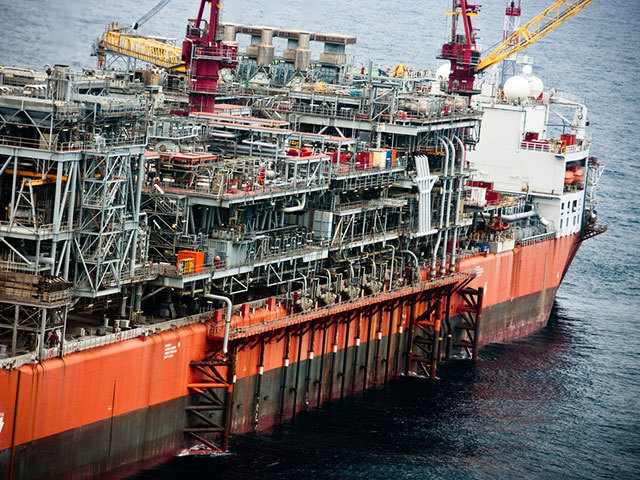
Shell is to dramatically scale down investment and look for more cost savings as it attempts to adapt to a lower oil price environment.
The oil giant said spending will be slashed by 35% to between 25 billion and 30 billion US dollars (£17.3 billion and £20.8 billion) over the next four years.
The firm also expects to make 4.5 billion US dollars (£3.1 billion) in efficiency savings from its £35 billion merger with BG, up from its previous estimate of 3.5 billion US dollars (£2.4 billion).
Shell chief executive Ben van Beurden said: “As well as low oil prices today, we are seeing higher levels of price volatility, due to geopolitical change, the speed of information flows, and the pace of innovation in our sector.
“By capping our capital spending in the period to 2020, investing in compelling projects, driving down costs and selling non-core positions, we can reshape Shell into a more focused and more resilient company, with better returns and growing free cashflow per share.”
Mr van Beurden has already announced that more than 10,000 jobs will be axed but said he expects to see “robust demand for oil and gas for decades to come”.
The oil price has climbed by nearly 80% to around 50 US dollars a barrel from lows of 28 US dollars seen in the middle of January, but still remains well short of the 115 US dollar peak of June 2014.
Shell added that it will forge ahead with 30 billion US dollars (£20.8 billion) of asset sales over the next two years.
Last month Shell said that first-quarter profits had plummeted 58% to 1.6 billion US dollars (#1.1 billion) as the falling oil price continued to hammer the sector.
But Mr van Beurden hailed a “transformation of Shell”, with the company adding: “We expect to see an improvement in returns in the next few years, our debt reduced, and significant growth in free cash flow, across a range of oil prices.
“For example, organic free cash flow could reach 20-25 billion US dollars and return on capital employed some 10% around the end of the decade, assuming 60 dollar oil prices. This compares to 2013-15 averages of 12 billion dollars and 8% with average 90 dollar oil prices.”
Recommended for you
